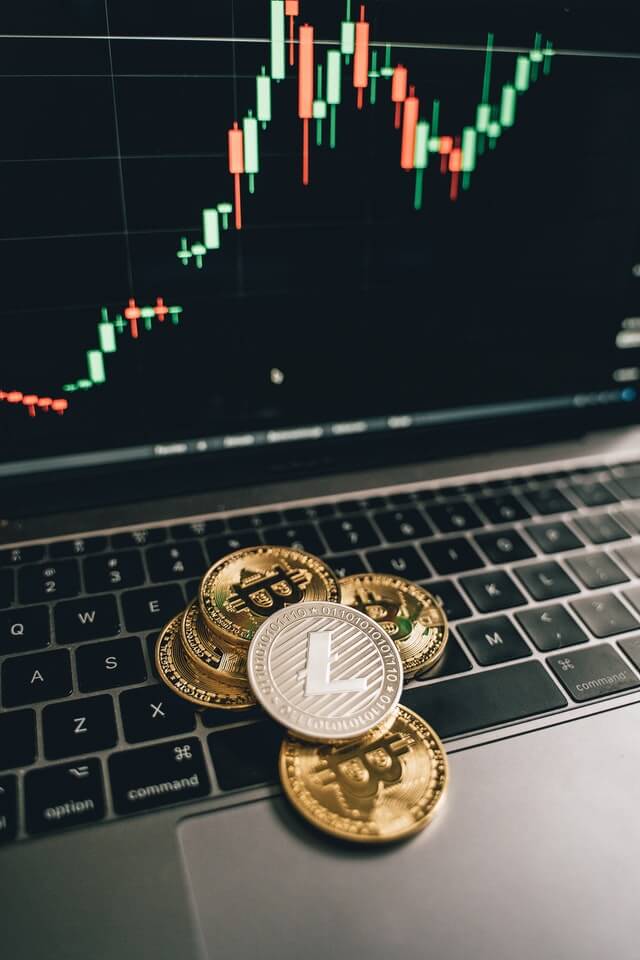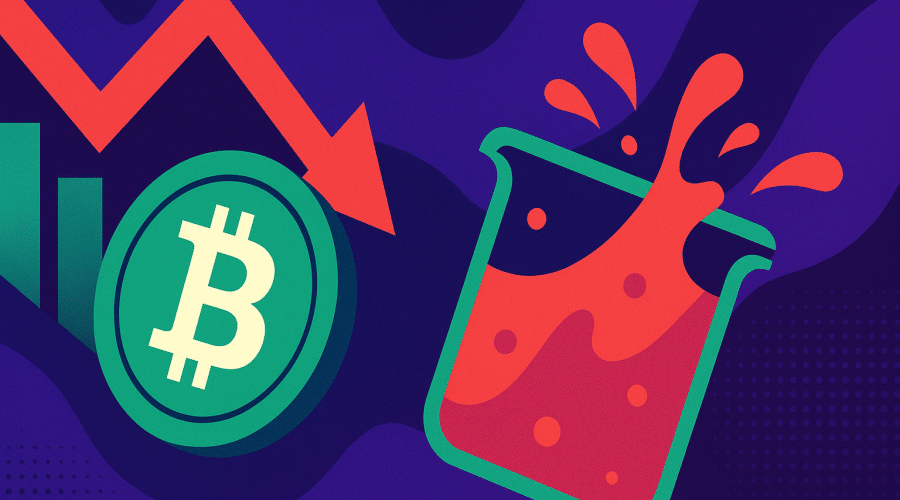Bitcoin mining is one of the most important economic activities you can currently find in the cryptocurrency market. It helps the cryptocurrency network be protected, process transactions and rewards miners with BTC.
In this guide, we will tell you all you need to know about bitcoin mining, ASIC miners and how Bitcoin mining works. You will also know what proof-of-work (PoW) is and how it helps to protect the Bitcoin network.
Disclaimer: the information shared by AltSignals and its writers should not be considered financial advice. This is for educational purposes only. We are not responsible for any investment decision you make after reading this post. Never invest more than what you are able to lose. Always contact your professional. financial advisor.
What is Bitcoin Mining?
Bitcoin mining is an activity performed by miners in which they process transactions on the Bitcoin network and get rewarded for their effort. In order to mine Bitcoin, miners should invest large amounts of money to be profitable.
In the past, it was possible to mine with CPUs and GPUs, however, nowadays it is definitely not possible to do so. Miners need to buy ASIC miners, which are very expensive and consume a lot of energy.
What a miner does is protecting the Bitcoin network. They confirm the transactions processed are unique and not repeated. Thus, they control there are no double spendings. At the same time, they help the network increase its hashing power. The larger the hash power of the Bitcoin network, the more secure it becomes.
In small networks, it is possible for a person or group of people to do a 51% attack. These attacks are almost impossible on the Bitcoin network because they would require the attacker to have as much electricity as half of Sweden, at the time of writing.
How Does Bitcoin Mining Work?
Understanding the mining process is definitely important to understand how Bitcoin works. As you might know, Bitcoin experiences halvings every four years. These halvings reduce the new issuance of Bitcoin by 50%.
Every single time that a miner finds a block with transactions, they receive 6,25 BTC. There are only 6 blocks per hour. Meaning that by the end of the day, there will be 144 blocks with transactions and Bitcoin rewards.
Per day, 900 Bitcoins are released to the market. Once the next halving takes place, the rewards to miners will fall by 50% to 3.125 BTC per block. This creates a lower offer of Bitcoin (slower supply growth) that could push BTC prices higher as demand continues to grow (or remains stable).
Is it Profitable to Mine Bitcoin?
If you are planning to mine Bitcoin, then you should take several things into consideration. Bitcoin mining is not an easy activity and it consumes lots of resources and time. Moreover, it requires a large investment in order for it to be profitable (however profits are not guaranteed).
Considering the network is very large, it might not be possible for you to be a Bitcoin miner alone but you would have to share your mining power with other miners. This is why you should get connected to a mining pool. These mining pools have fees that users should pay and that reduce their profitability.
Moreover, it is strictly necessary to help the miners run efficiently. That means that they should have ideal conditions in terms of temperature and ventilation. Investing in proper cooling systems is definitely going to help increase the hashing power of your miners.
The most important factor at the time of mining Bitcoin is related to electricity prices. These devices (ASIC) consume large amounts of electricity. This is why we should always take that into consideration and avoid mining Bitcoin in very expensive jurisdictions.
Some miners invest in solar panels to get cheaper electricity and become profitable faster. However, as you can see, the investment requirements are large. The whole mining process requires large investments and are usually carried out by large companies rather than by small retail investors.
Furthermore, this is an industry that is very volatile. When Bitcoin’s price falls, many miners would stop being profitable and would have to turn their miners off. When that happens, we see a miner capitulation. During these times, the hash rate massively falls, it becomes easier to attack the network and it does not become profitable to mine Bitcoin as in the past. The last time this happened was in the bear market of 2018.



















